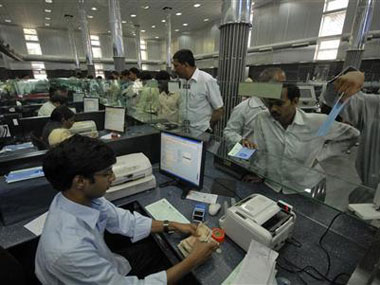Finance Minister Palaniappan Chidambaram today asked bankers to reduce EMIs for consumer durable loans in order to increase consumer spending and give a boost to the economy.
He’s probably nudging banks to lower EMIs and not necessarily wait for the Reserve Bank to give them some incentive to do so. But a lower EMI may not necessarily work in your favour, especially when the lower EMI is not the result of lower rates, but longer tenure.
[caption id=“attachment_422318” align=“alignleft” width=“380”]  Representational image. Reuters[/caption]
Here’s the math: If you take a loan to buy a flat screen LED Television for Rs 50,000 at a rate of interest of 10 percent and for a tenure of two years, your EMI stands at Rs 2,307. And the total cost of the loan is Rs 55,368, where you pay Rs 5,368 as interest. Now assuming that the lender decides to lower your EMI to Rs 1,268, that’s around Rs 1,000 less, it means the tenure increases to four years. Of course, the option is easier as far as your cash flow goes, but the TV now becomes more expensive.
Here the total cost of the loan goes to Rs 60,864 and the interest you have to shell out goes to Rs 10, 864.
This clearly shows that a lower EMI may not necessarily work for you, if the lender decides to increase the tenor. After all, would you like to buy a television that Rs 50,000 for Rs 60,000?
Only if there’s no other option on the table.


)
)
)
)
)
)
)
)
)



